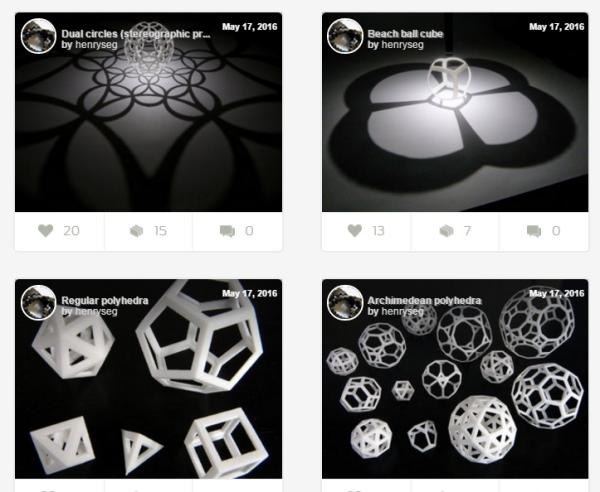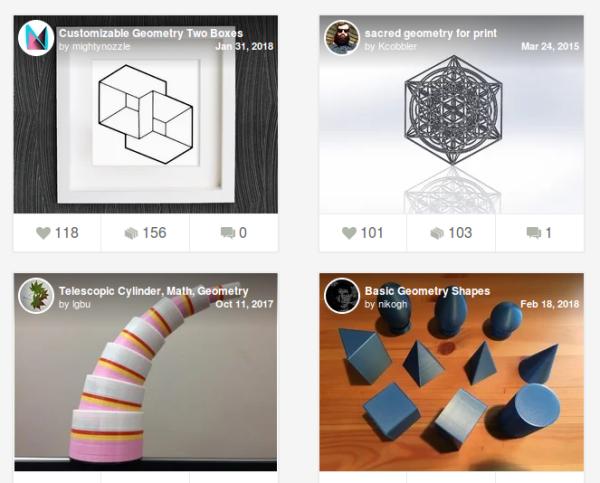I love that math can be touched in this way
and geometry, and physics, and so MUCH more.

“I love that these maths concepts are able to be visualised by #3dprinting #maths #STEAM”, said three years ago Twitter user Emma Love of the Thingiverse designs created by Henry Segerman, and so do I. Segerman is not the only one in this field:

See, touch, learn
It is much easier to understand the link between a mathematical equation and its geometrical counterpart when you can actually hold the latter in your hands, and look into it. Or see and touch how, and consequently understand why, the shape changes when you change one parameter of that equation.
3D Printing, to learn more than math
The best part is that, of course, this approach, and its benefits, can be extended to many other fields of teaching: geography, history, natural sciences, arts!!! Not to mention that it can happen by means of synergies between high and lower schools, where the oldest students build their 3D printers and produce the educational material for their younger “colleagues”! If you know of any recent real-world example of such activities, please let me know.
(this is an updated version of the post I wrote in 2016 for the DiDIY Project)
Who writes this, why, and how to help
I am Marco Fioretti, tech writer and aspiring polymath doing human-digital research and popularization.
I do it because YOUR civil rights and the quality of YOUR life depend every year more on how software is used AROUND you.
To this end, I have already shared more than a million words on this blog, without any paywall or user tracking, and am sharing the next million through a newsletter, also without any paywall.
The more direct support I get, the more I can continue to inform for free parents, teachers, decision makers, and everybody else who should know more stuff like this. You can support me with paid subscriptions to my newsletter, donations via PayPal (mfioretti@nexaima.net) or LiberaPay, or in any of the other ways listed here.THANKS for your support!